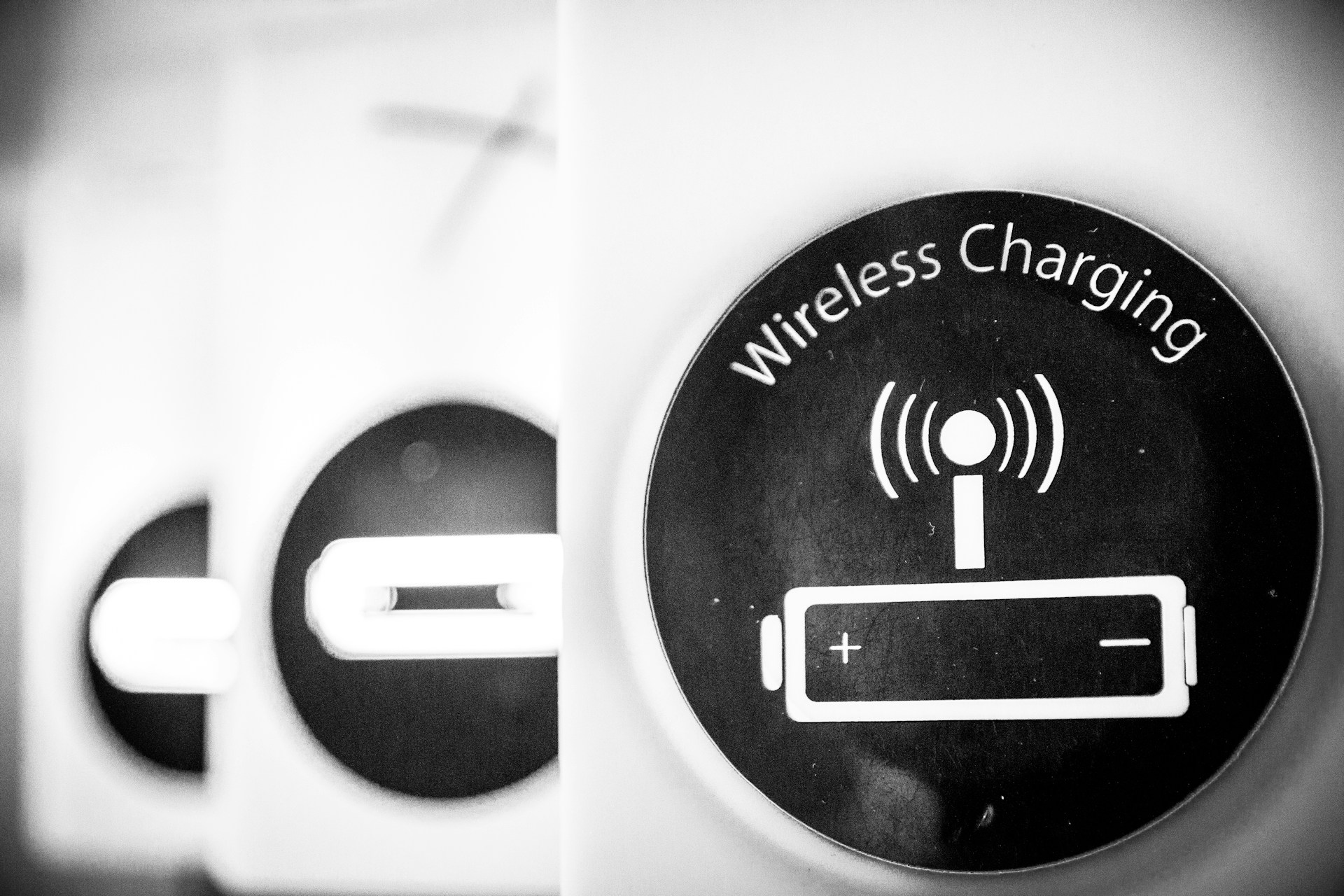Battery Life Enhancement Through Energy Management
Modern smartphones have become essential tools in our daily lives, yet many users struggle with rapidly depleting batteries that leave them disconnected when they need their devices most. While battery technology continues to evolve, the gap between our usage demands and battery capacity remains a persistent challenge. Understanding how energy management works and exploring various solutions can help extend your device's operational time and reduce the frustration of frequent charging cycles.

Understanding Battery Drain Patterns
Smartphone batteries lose charge through various processes, with screen brightness, background applications, and wireless connections being primary culprits. Your device constantly manages multiple tasks simultaneously, from maintaining network connectivity to running background updates and location services. Each of these processes draws power from your battery, creating a cumulative effect that can significantly reduce operational time.
Modern lithium-ion batteries also experience natural degradation over time, losing capacity with each charge cycle. Temperature extremes, both hot and cold, can accelerate this degradation process and temporarily reduce battery performance. Understanding these factors helps identify why your phone runs out of battery frequently and provides a foundation for implementing effective solutions.
How Energy Saving Devices Function
Energy saving devices work through various mechanisms to optimize power consumption and extend battery life. Some devices focus on external power management, providing additional charging capacity or more efficient charging methods. Others integrate with your phone’s existing power management systems to optimize energy distribution and reduce unnecessary power drain.
These solutions range from portable power banks and wireless charging pads to specialized cases with integrated batteries and smart charging controllers. Advanced energy management systems can monitor usage patterns and automatically adjust power allocation to different components based on your specific needs and usage habits.
Built-in Energy Management Features
Most modern smartphones include comprehensive energy management features that can significantly extend battery life when properly configured. Battery optimization modes automatically adjust performance settings, reduce background activity, and limit non-essential functions to conserve power during critical periods.
Low power modes typically dim screen brightness, reduce processor performance, limit background app refresh, and disable certain wireless features. These built-in solutions often provide the most immediate and cost-effective approach to battery life enhancement, requiring no additional hardware purchases or external devices.
External Power Solutions and Accessories
Portable power banks offer the most straightforward solution for extending device usage time, essentially providing additional battery capacity that can be carried separately. These devices range from compact units that provide one or two full charges to high-capacity models capable of charging multiple devices several times.
Battery cases combine protection and power in a single accessory, integrating additional battery capacity directly into a protective case. Wireless charging solutions can provide more convenient charging options, though they typically operate at lower efficiency rates compared to wired charging methods.
Cost Analysis and Product Comparison
Energy saving devices may help you manage power consumption more effectively, with various price points and feature sets available to match different needs and budgets. The market offers solutions ranging from basic portable chargers to sophisticated power management systems.
| Product Type | Provider | Cost Estimation |
|---|---|---|
| Portable Power Bank (10,000mAh) | Anker, RAVPower | $25-$45 |
| Battery Case | Mophie, OtterBox | $60-$120 |
| Wireless Charging Pad | Samsung, Belkin | $30-$80 |
| Solar Power Bank | Goal Zero, BigBlue | $40-$100 |
| Car Charger with Fast Charging | Aukey, AINOPE | $15-$35 |
Prices, rates, or cost estimates mentioned in this article are based on the latest available information but may change over time. Independent research is advised before making financial decisions.
Optimization Strategies for Maximum Efficiency
Effective energy management combines multiple approaches to achieve optimal results. Regular monitoring of battery usage statistics helps identify power-hungry applications and services that can be optimized or restricted. Adjusting screen brightness, disabling unnecessary location services, and managing notification settings can provide substantial improvements in battery longevity.
Scheduled charging practices, such as avoiding complete discharge cycles and maintaining charge levels between 20% and 80%, can help preserve long-term battery health. Temperature management, keeping devices away from extreme heat or cold, also plays a crucial role in maintaining optimal battery performance and extending overall lifespan.
Long-term Battery Health Considerations
Maintaining battery health requires consistent attention to charging habits and usage patterns. Avoiding overnight charging when possible, using original or certified charging equipment, and periodically calibrating battery meters can help preserve capacity over time.
Regular software updates often include battery optimization improvements and bug fixes that can enhance energy efficiency. Monitoring battery health through built-in diagnostic tools helps identify when replacement might be necessary and ensures optimal performance throughout the device’s lifespan.




